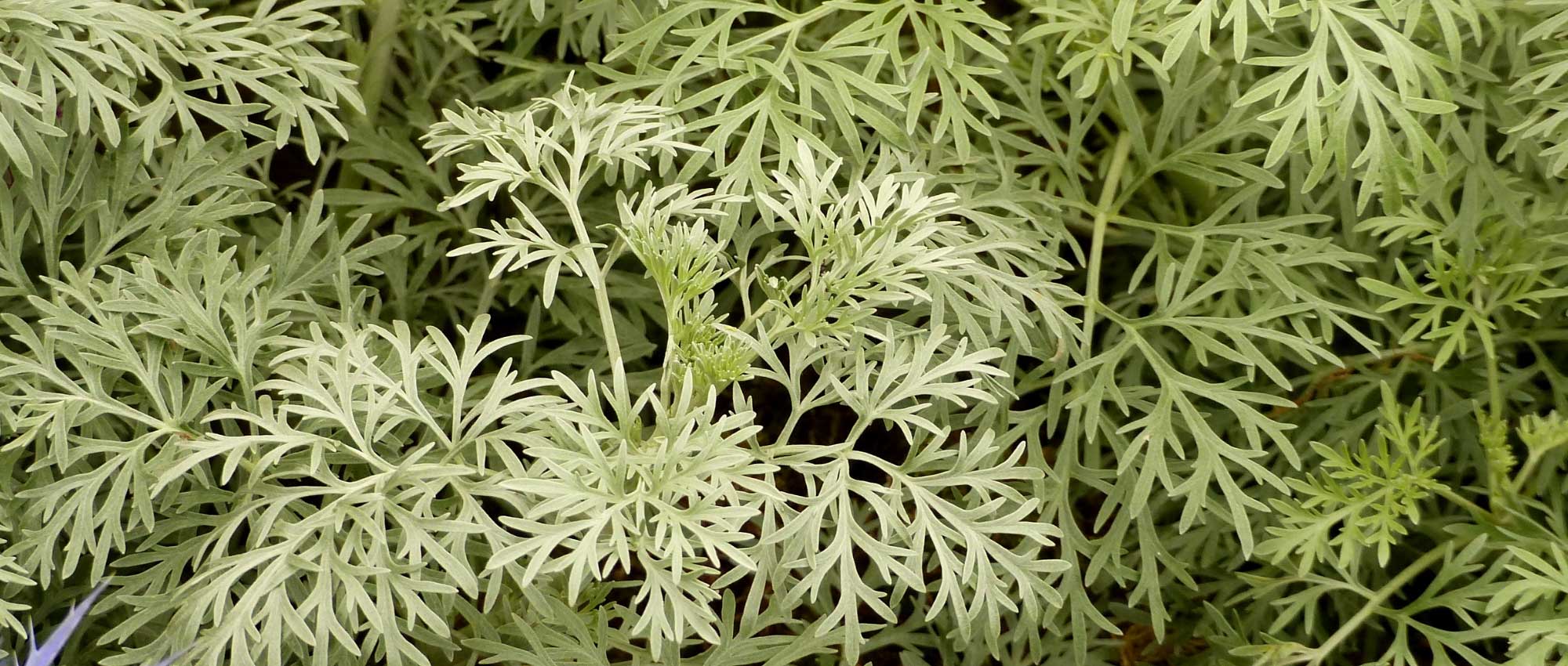
Pairing Wormwoods
Our pairing ideas
Contents
The wormwood or Artemisia is a perennial or annual plant depending on the species, making it a valuable addition to the garden. It is also an aromatic and medicinal plant (A. absinthium or absinthe!) that offers numerous benefits. It is particularly appreciated for its finely dissected foliage with beautiful silvery hues. The fragrance of the foliage is the second compelling reason to be convinced to grow it. Wormwood thrives quickly, with heights ranging from 1.5 m to 10 cm, providing plenty of options for creating displays! Once established in well-drained soil and full sun, it requires little care. It pairs wonderfully with many plants to create atmospheres that are both romantic and Mediterranean.
Here are some ideas revealed as sources of inspiration!
In a rockery
To create a rockery, preferably choose plants that can withstand dry periods, are low-maintenance, thrive in poor soil, and require similar exposure conditions. Consider the ‘Valerie Finnis’ wormwood, which will flourish, even becoming almost invasive, in a sunny dry garden. Enhance the grey of its foliage by adding Stachys byzantina with its woolly leaves and small pink-purple flowers, all spaced out with gravel or rocks of varying sizes to structure the space. Mix these grey foliage plants with a few clumps of variegated lemon thyme, with its delightful lemony scent, and ‘Red Cauli’ sedums and ‘Eline’, featuring beautiful cream-yellow inflorescences. This type of bed requires little maintenance.
Also consider white wormwood (Artemisia alba), which will thrive in a rockery. Shaped like a small ball, its semi-evergreen grey-green foliage emits a pleasant camphor scent. Don’t hesitate to try the dwarf wormwood ‘Nana’, which produces a ball of lovely silver foliage.
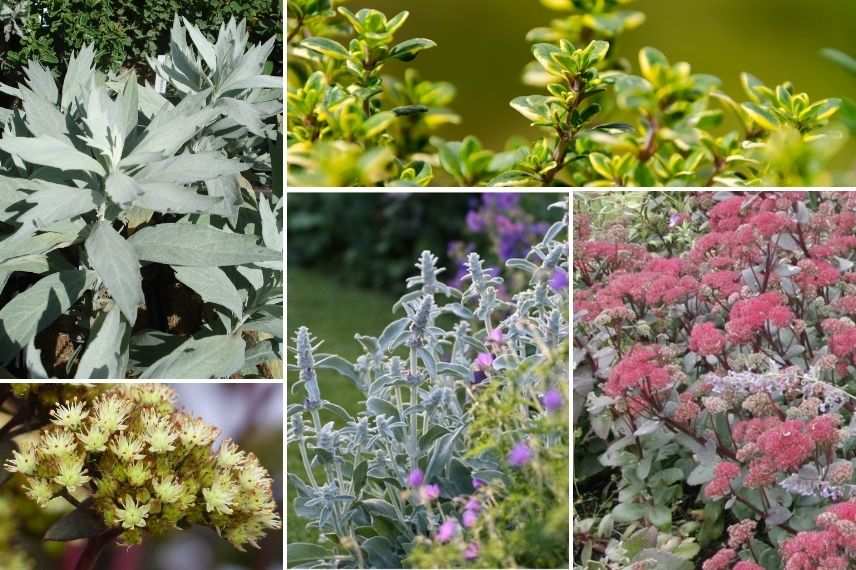
Mix purple and grey with ‘Valerie Finnis’ wormwood, Stachys byzantina, ‘Red Cauli’ and ‘Eline’ sedums, and variegated lemon thyme
Discover our advice sheets for creating a rockery, a selection of 10 plants for a shady rockery, and 15 plants for a sunny rockery.
In an aromatic and medicinal garden
Whether in the ground, in a vegetable patch, at the edge, or in pots or planters, cultivate your little corner of herbs to harvest stems, leaves, or flowers as needed to flavour dishes and drinks. Pair Artemisia dracunculus, known as tarragon, with artichoke or rhubarb plants to mix herbs and perennial vegetables. All culinary plants like parsley, tansy, thyme, sage, vervain, or rosemary can be grown in a medicinal corner to treat ailments with garden plants. They all have medicinal properties, whether fresh or dried, to remedy various ailments. Also, play with fennel to fill vertical space!
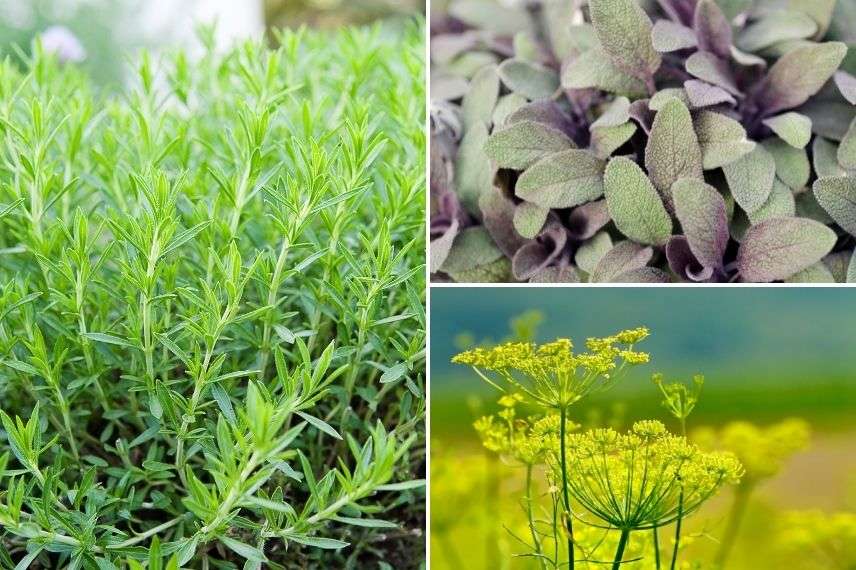
Tarragon, sage, and fennel
If you are a curious gardener, here’s a guide that will inspire you to grow 7 unusual herbs.
Discover other Artemisia
View all →Available in 2 sizes
Available in 1 sizes
Available in 1 sizes
Available in 1 sizes
Available in 1 sizes
Available in 1 sizes
Available in 1 sizes
Available in 1 sizes
Available in 2 sizes
Available in 1 sizes
In a romantic garden
Create a tall flower bed with a profusion of intertwined flowers by choosing a grey and blue monochrome theme by combining ‘Lambrook Silver’ wormwoods or ‘Powis Castle’, which grow to about 90 cm, with Eryngiums such as ‘Sapphire Blue’ or ‘Big Blue’, which can reach up to 70 cm. Add some larkspurs (Delphinium) of the variety ‘Pacific Summer Skies’ or ‘Cristella’, which will provide beautiful bright blue inflorescences on stems that often exceed 1 m in height. Also consider asters like ‘Marie Ballard’, with pale blue double flowers that will add lightness to the bed and colour until autumn.
Compose this other romantic atmosphere around the wormwood ‘Lambrook Silver’ by playing with shades of grey and pink. Contrast the grey of the wormwoods with the pink of garden valerian, lychnis (Lychnis), and with shrub roses in soft colours like ‘The Faun’ or ‘The Fairy’, or ‘Soul’, or perhaps more vibrant with the variety ‘Yann Arthus-Bertrand’.
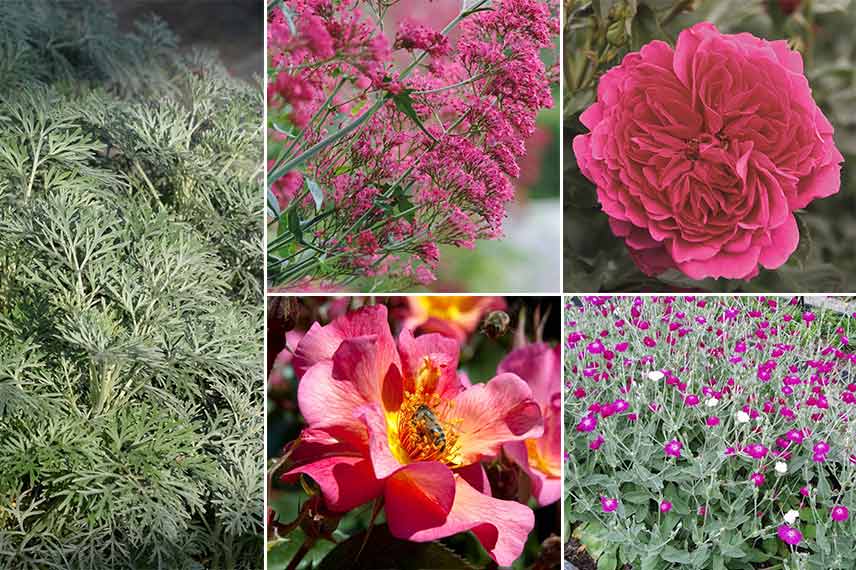
Here are some reliable choices for a romantic flower bed: ‘Powis Castle’ wormwood, garden valerian, ‘Yann Arthus-Bertrand’ rose (top right), ‘Soul’ rose (bottom left), and lychnis
Discover a selection of plants for a romantic garden.
In a bed of warm tones
Embrace boldness by incorporating wormwoods into an original display of warm-toned foliage. Play with the diversity of foliage colours by planting some heucheras ‘Blackout’ or ‘Black Pearl’, which are almost black-brown, mixed with the wormwood ‘Oriental Limelight’, a variegated golden variety. Accent the scene with the graphic touch of grasses like Carex ‘Evercream’, featuring green-blue striped foliage edged in cream white. These colours contrast and enhance each other, showcasing all the plants beautifully. Indulge in this stunning combination!
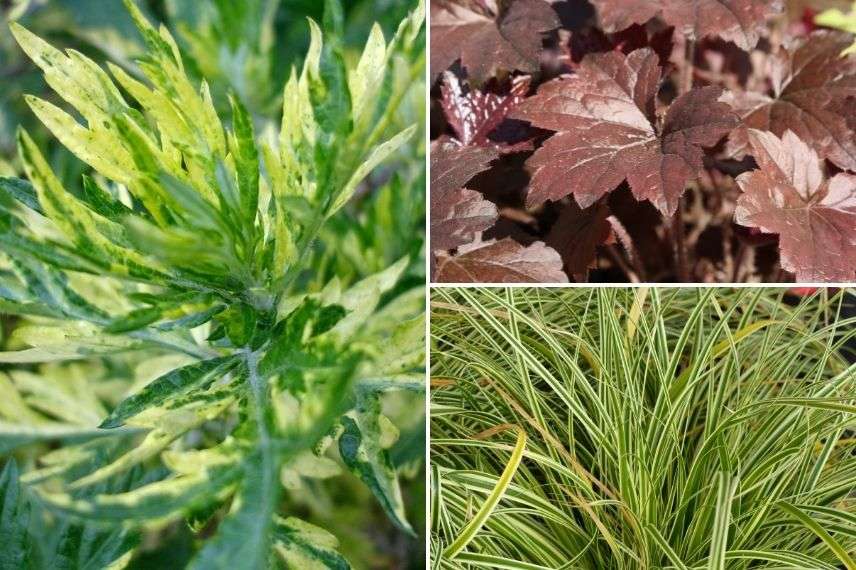
A mix of foliage featuring wormwood ‘Oriental Limelight’, heuchera ‘Blackout’, and carex ‘Evercream’
Here’s another source of inspiration to enhance a warm-toned border. Combine lactiflora wormwood ‘Guizhou’ with dark-coloured echinaceas such as purpurea ‘Magnus’, ‘Orange Skipper’, ‘Hot Summer’, or ‘Marmelade’, along with foreground stonecrops like ‘Red Cauli’, ‘Aubergine’, or ‘Orange Xenox’.
In a Mediterranean garden
This type of garden must take into account the arid climate, the choice of plants, and their hardiness. Add a mineral touch with dry stone walls, a mineral mulch, pebbles, and rocks to create your Mediterranean garden.
On a slate mulch, silver-leaved wormwood ‘Silver Queen’ will contrast with the more graphic shapes of Yuccas filamentosa or Chamaerops humilis. Their silhouettes will add height and create shaded areas. Don’t hesitate to include succulents like sedums, houseleeks (Sempervivum), or agaves that will give your garden a holiday feel! For a splash of colour, add the essential lavenders with their enchanting fragrance.
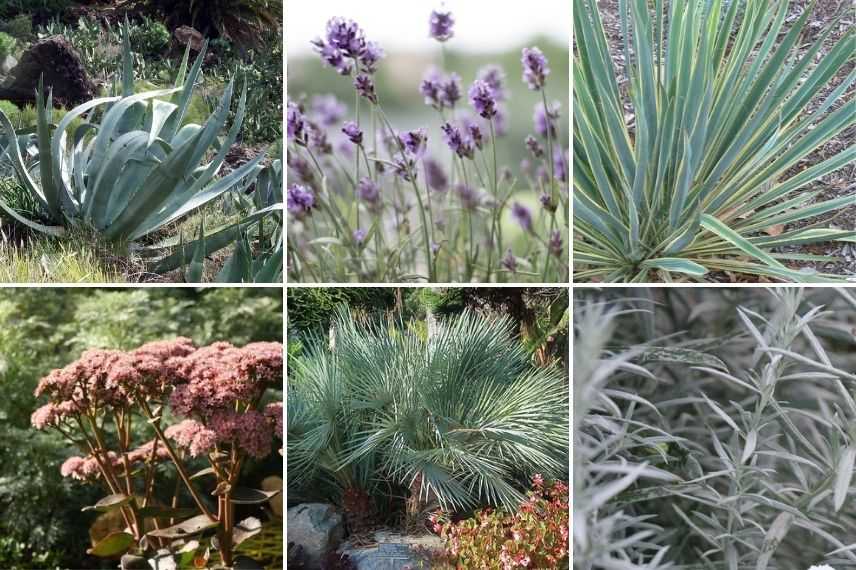
Exotic atmosphere with Agave americana, ‘Silver Queen’ wormwood, Yucca filamentosa, houseleeks, lavender, and Chamaerops humilis
Find more ideas on our inspiration page Exotic atmosphere.
For further reading
→For more information, feel free to check our sheet on Mugwort, planting, pruning, and care.
→Discover our beautiful collection of mugworts.
- Subscribe!
- Contents
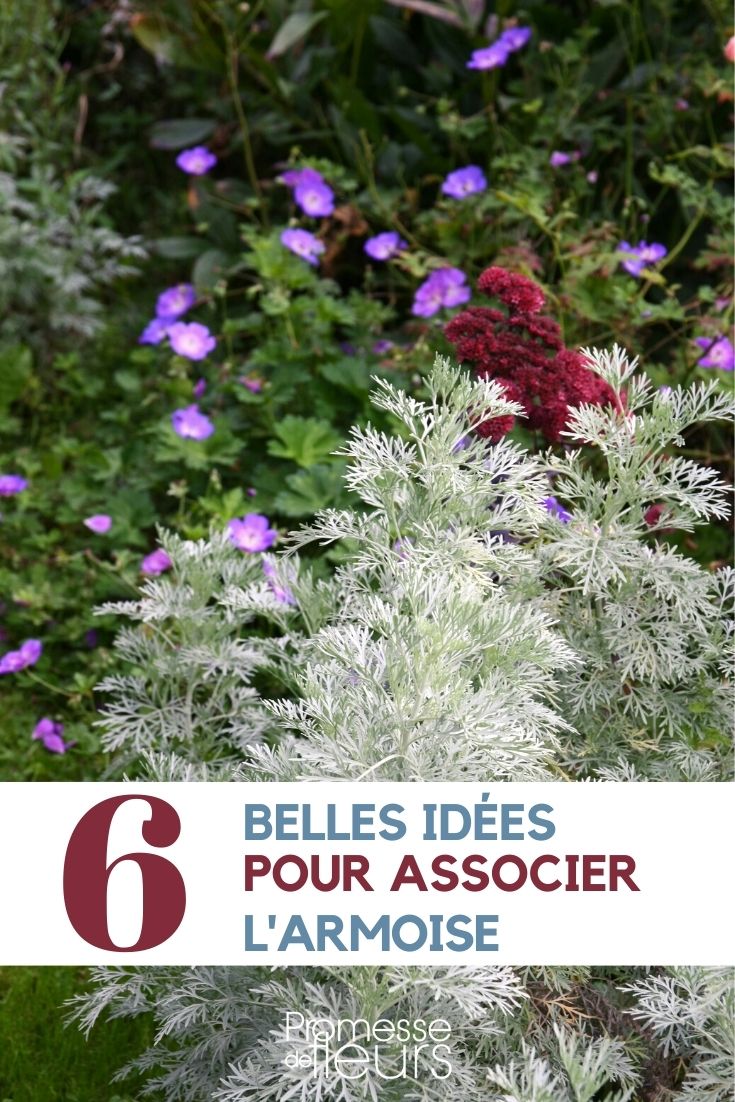































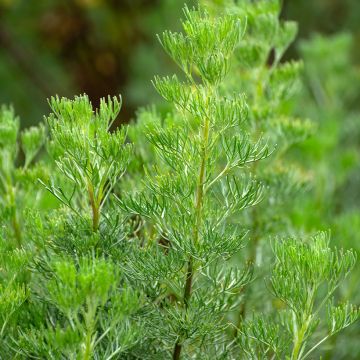
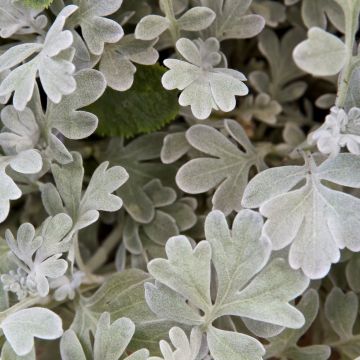
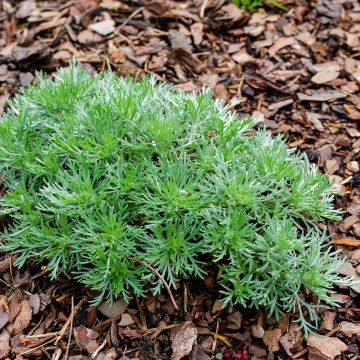
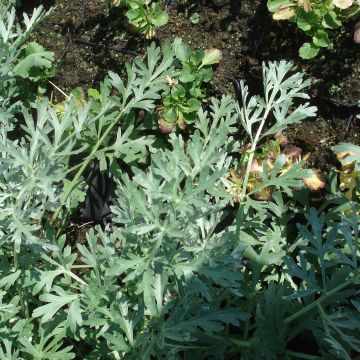
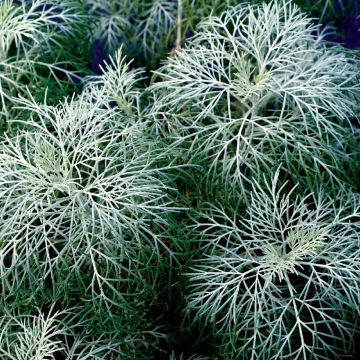
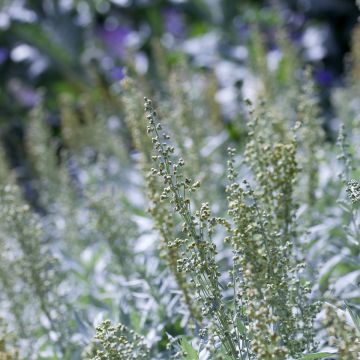
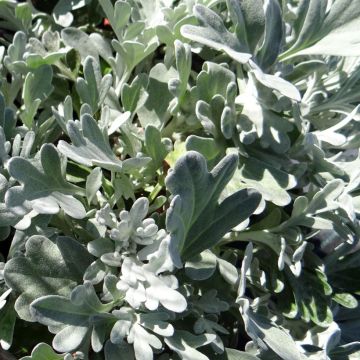
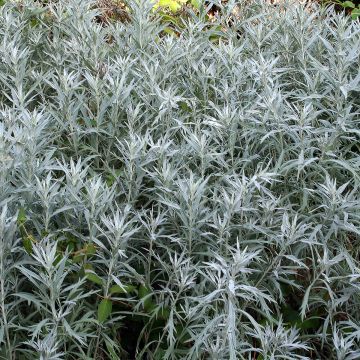
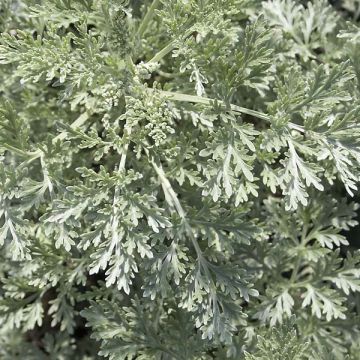
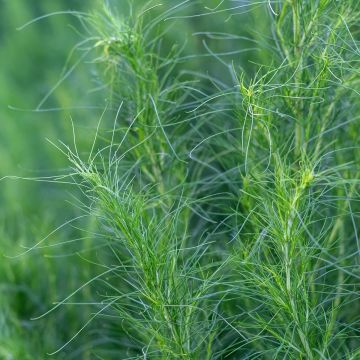
Comments